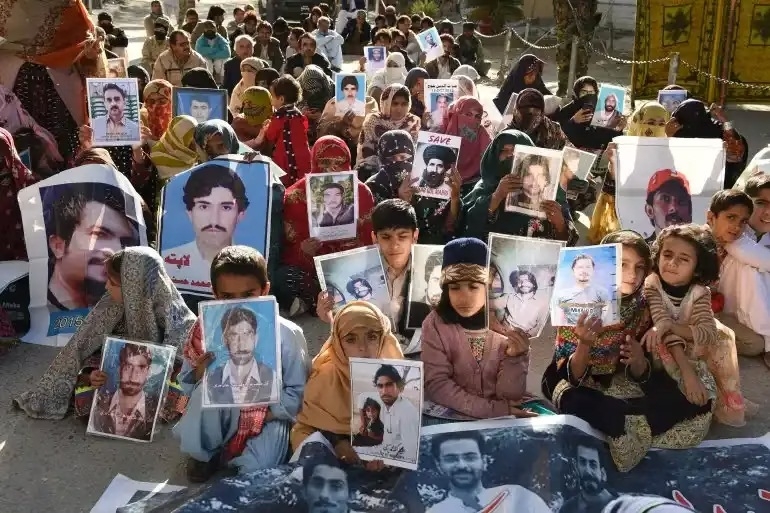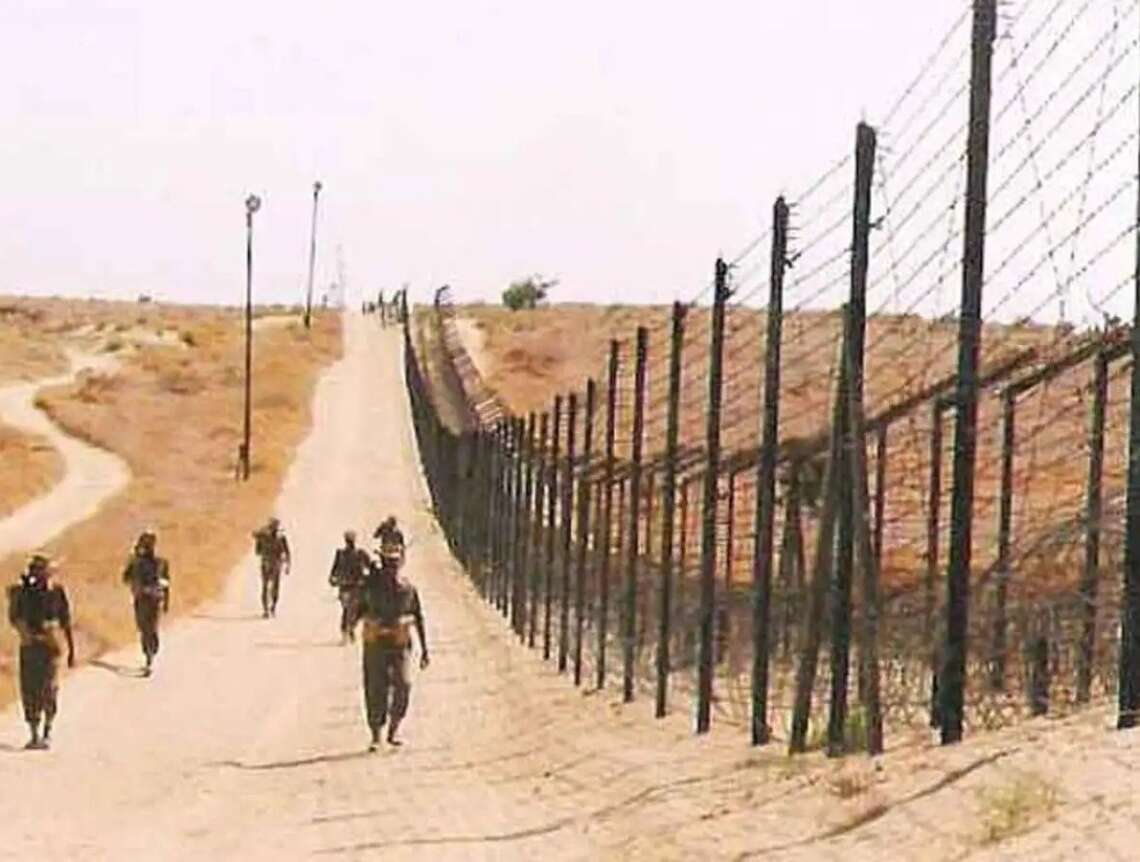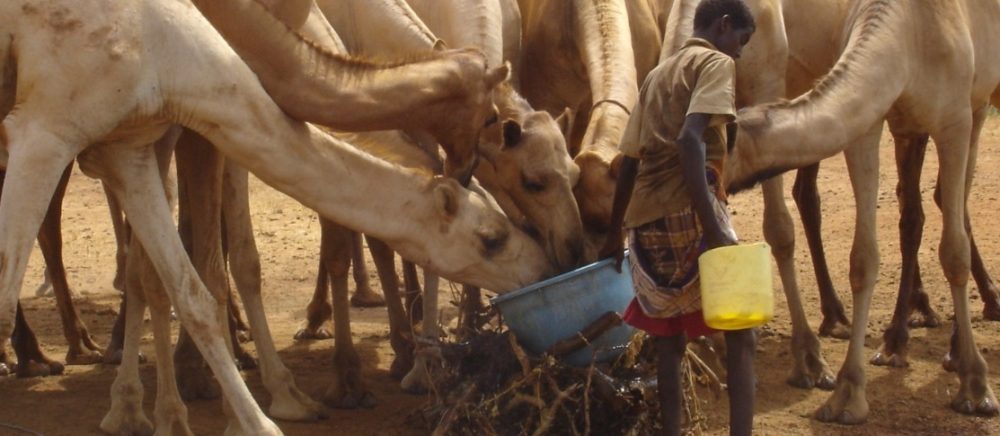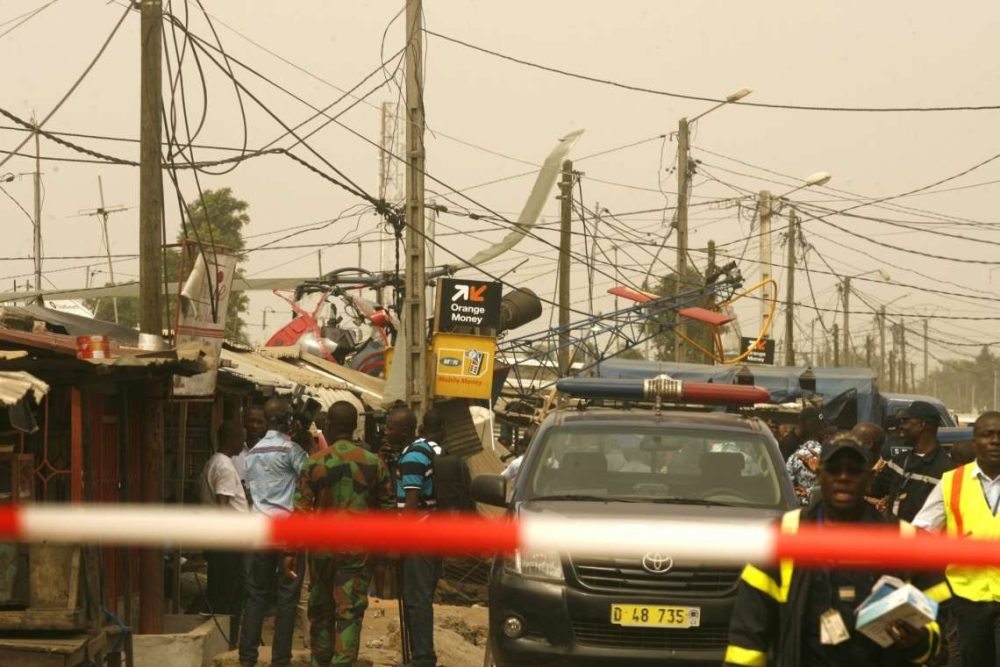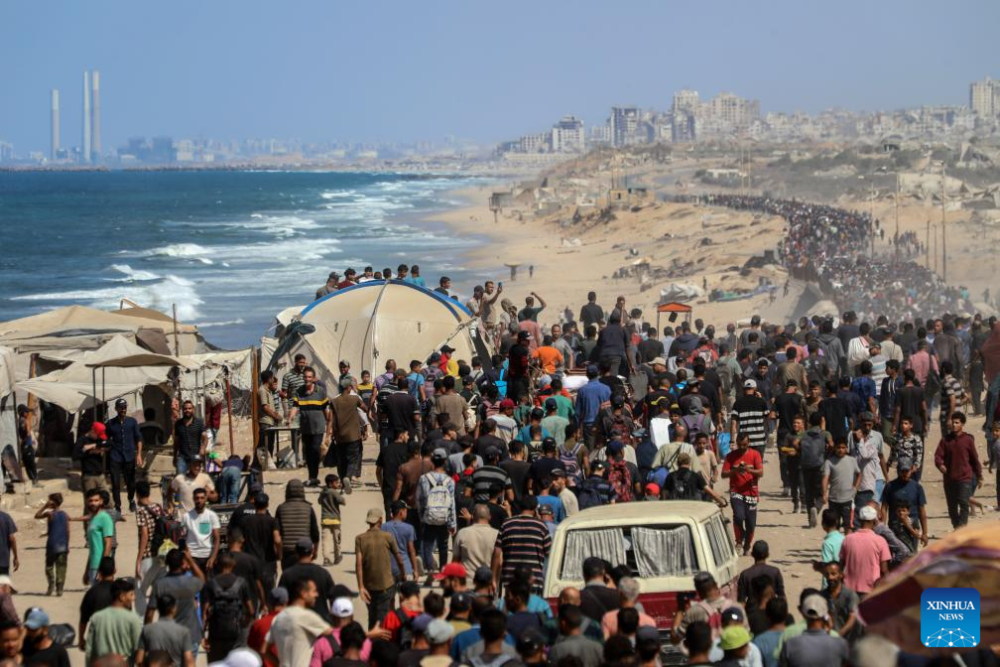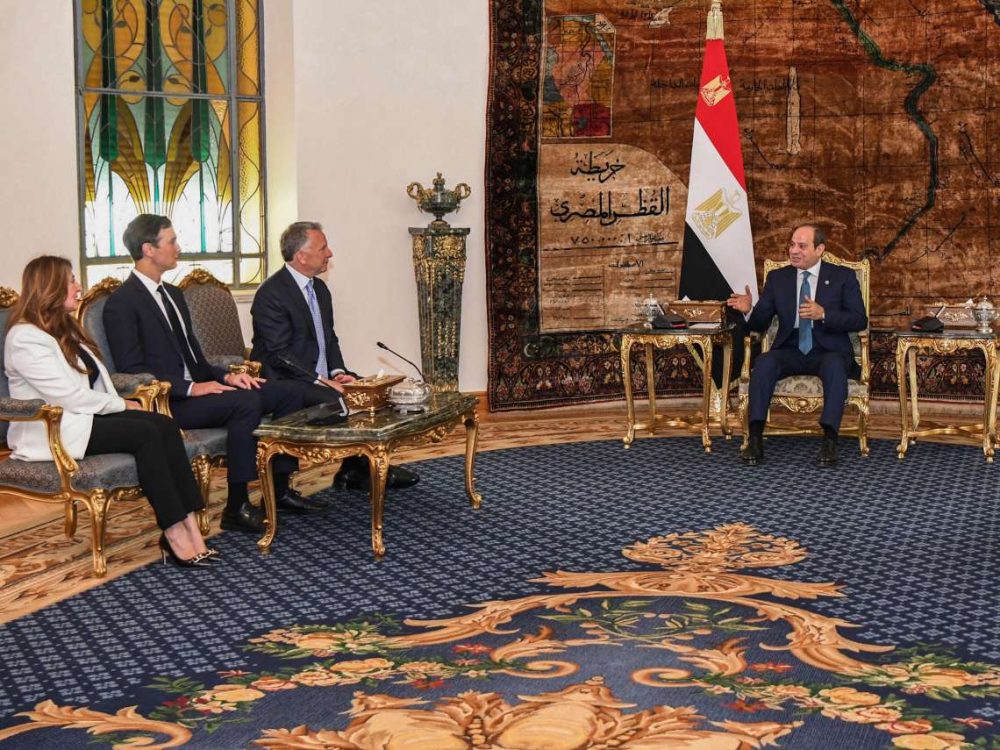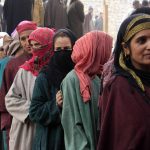The nationwide mock drills are part of the government’s broader strategy to enhance civil defence capabilities and coinciding with the Pahalgam attack and India’s retaliatory action to it.
India conducted large-scale civil defence mock drills across the country to evaluate and strengthen its emergency preparedness. These drills simulate various emergency situations, including air strikes, missile attacks, bombings, and urban warfare, to test the nation’s ability to respond swiftly and effectively in times of crisis. The Ministry of Home Affairs (MHA) oversaw the exercise, which spanned multiple states and involves a comprehensive collaboration between local authorities, emergency services, and citizens. With rising security concerns and geopolitical tensions, these mock drills serve as a crucial measure to assess the country’s readiness for wartime emergencies and to improve inter-agency coordination.
The nationwide mock drills are part of the government’s broader strategy to enhance civil defence capabilities and coinciding with the Pahalgam attack and India’s retaliatory action to it. The drills are being conducted in urban and rural areas, with citizens actively participating by adhering to evacuation protocols, turning off lights during blackout exercises, and assisting in rescue operations. These actions are being closely monitored by district control rooms and civil defence teams to assess the effectiveness of real-time responses.

In Bihar, the exercise involved six districts, including Patna, Purnea, Katihar, Kishanganj, Araria, and Begusarai. District Magistrates (DMs) in these areas are required to submit detailed reports on the drills, based on 12 key parameters. These reports will evaluate aspects such as evacuation effectiveness, communication systems, civil defence preparedness, volunteer participation, and the overall coordination between agencies. This evaluation marks the first such exercise in 54 years, underscoring its significance for the state’s disaster response strategies. Chief Secretary of Bihar, Amrit Lal Meena, emphasized that the results of these drills would help identify gaps and inform future preparedness efforts, with an emphasis on expanding civil defence operations to rural regions.
The mock drills in Bihar involved a wide range of simulated scenarios, including missile and bombing attacks, which tested the state’s emergency response capacity. A key element of the drills was a 10-minute blackout from 7.00 p.m. to 7.10 p.m., during which residents were asked to switch off vehicles and inverters, adding to the authenticity of the exercise. More than 12,000 Civil Defence Corps volunteers participated in the simulation, covering multiple operational sectors in each district. The live monitoring system provided real-time feedback, enabling authorities to adjust tactics and improve the drills as they progressed.

This nationwide initiative also saw large-scale mock drills in other states. In Sikkim, for instance, the Gangtok district administration carried out a similar exercise involving a 15-minute blackout. Public movement was restricted, and citizens were required to stay indoors, simulating an emergency scenario. During the drill, the power department temporarily shut off electricity in the district to mirror real-time conditions. Around 200 newly recruited Disaster Management personnel and volunteers participated in observing the compliance of citizens with the blackout protocol.
Similarly, in Gujarat, mock drills were conducted at 74 locations across 18 districts. These exercises tested a variety of emergency response scenarios, including air strikes, fire incidents, and gas leakages. Civil defence teams worked in coordination with local police and fire departments to evacuate civilians, secure critical infrastructure sites such as the Kakrapar Nuclear Plant, and establish temporary hospitals for casualties. The drills also included casualty evacuations and simulations of rescue operations in collapsed buildings. With the participation of over 13,000 trained civilians and around 10,000 civil defence personnel, the drills were a large-scale effort to enhance community-level preparedness and inter-agency coordination.

In Rajasthan, the city of Jaipur observed a 15-minute blackout, in which public spaces like bus stations and railway terminals were plunged into darkness, simulating a potential air raid. Public safety announcements were made in advance, and emergency response teams stood ready to carry out their duties. In Madhya Pradesh, a similar blackout exercise was conducted as a gesture of unity in support of national security, following heightened tensions with neighbouring Pakistan. The exercise, which lasted 12 minutes, was closely monitored by state authorities to ensure compliance with directives issued by the Ministry of Home Affairs.

In Tamil Nadu, large-scale civil defence drills were held at critical installations like the Madras Atomic Power Station and the Chennai Port. These exercises simulated emergency situations such as air raids and nuclear plant evacuations, testing the readiness of both security personnel and local responders. The drills were coordinated by the State Emergency Operation Centre (SEOC) in Chennai, and local authorities closely monitored the efficiency of emergency protocols to ensure the safety of the public and personnel at these strategic sites.
The mock drills also took place in Kerala, where exercises were conducted at 126 locations, including government offices, malls, and flats. The Kerala government made extensive public announcements in advance, ensuring that citizens were aware of the drills and prepared to follow the instructions. At exactly 4:00 p.m., sirens were sounded across the state, marking the beginning of the exercise. Rescue operations were conducted, including evacuations from flats and medical assistance for injured individuals. The Kerala Fire Force, along with other emergency services, demonstrated their preparedness to respond to fire outbreaks and other emergency scenarios.
These nationwide civil defence mock drills are a significant step in strengthening India’s disaster management framework. They not only provide a platform for assessing current preparedness levels but also offer valuable lessons in coordinating efforts between local authorities, emergency response teams, and the general public. The participation of over 200,000 people across the country highlights the importance of community involvement in national security efforts.





